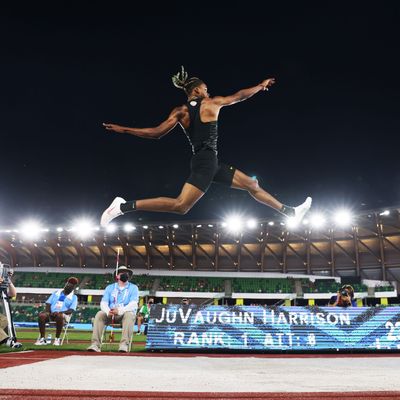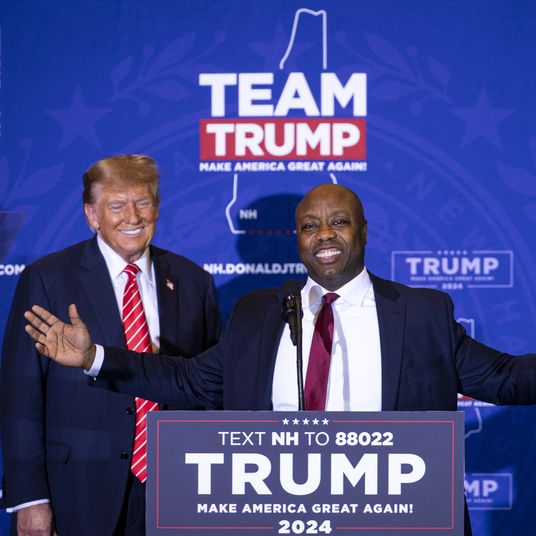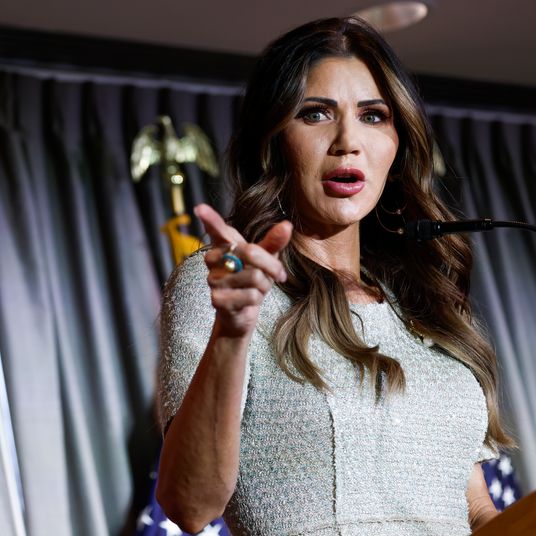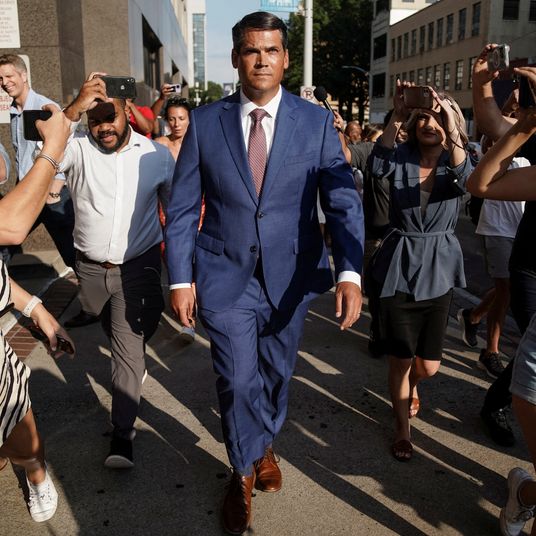
JuVaughn Harrison arrived at LSU in the fall of 2017 as an 18-year-old high-jump specialist. More than most track and field events, the high jump can become stifling. “It’s an event where you can bang your head against the wall a little bit,” said Todd Lane, Harrison’s coach. “You’re seeing the same heights every weekend, or within a quarter of an inch. You can go two or three weekends where you’re always jumping at the same bar and missing it.”
To keep Harrison fresh both mentally and physically, Lane one day suggested that he compete in the long jump at a meet. Harrison, who was the Alabama long-jump state champion his senior year in his high school’s division, welcomed the opportunity. He ended up winning the event, long-jumping 25 feet, eight inches — nearly three feet better than his high-school state-winning jump, and a distance that would have placed fourth at the NCAA championship the previous spring.
So Harrison began to compete regularly in the long jump as well as the high jump, a double that is not often attempted at the collegiate level, let alone with any great success. As a sophomore the following spring, Harrison long-jumped 26 feet, 11 inches and won the NCAA championship. At the same meet, he high-jumped seven feet, 5 and 1/4 inches and won that event, too. Before Harrison, no college athlete had ever won both events at the NCAA championships in its nearly 100-year history.
Harrison repeated the feat this year not once but twice, winning both events at the NCAA indoor championships and the outdoor ones. Then, in June, he won them both at the U.S. Olympic trials. On Friday (Thursday night, New York time), with the high-jump qualifying round, Harrison will become the first American since Jim Thorpe in 1912 to even attempt the high-jump-and-long-jump double at the Olympics. (Thorpe finished fourth in the high jump and seventh in the long jump.) In the past 57 years, according to Olympic historian Bill Mallon, only two athletes have even attempted the double at the Olympic games, and neither of them made it out of the qualifying rounds. With the second-best mark in the long jump in the world this year and third-best high jump, Harrison has a legitimate chance at becoming the first person to win both events at an Olympics since American Ellery Clark did so in 1896 in the first modern edition of the Games.
For the uninitiated, the two events may appear similar — they both require jumping, after all — but there actually isn’t a lot of overlap. “There are three things that they share,” said Dwight Stones, a two-time Olympic bronze medalist in the high jump. “They share the word ‘jump,’ the pattern in the last four steps, and the fact that you’re in the air for a second. That’s it. Nothing else.”
However, those three similarities may be integral to Harrison’s success in both events.
Both jumps are preceded by running approaches, which are generally speaking divided into three phases: a drive phase to accelerate, an upright running phase to maintain speed, and the final four-step takeoff. Both events include what Lane, Harrison’s coach, called “a hinge moment,” when the athlete plants his final step and propels himself either straight up, for the high jump, or forward and up, for the long jump. In both cases, “the ability to apply the force in the proper fashion, to catapult your body into the air, is the same,” said Willie Banks, a former world-record holder in the triple jump who competed in both the high jump and the long jump early in his career.
“You can do all the exercises you want to be prettier over the bar in the high jump,” Lane said, “but the steps leading up to it are the things that actually determine 95 percent of your success.” The same is true of the long jump, he said.
The training for the two events is also similar. Both require weight work for strength, acceleration work using sprinter’s blocks to help with the approach, and plyometric work to improve elasticity, which includes bounding and box jumping and sprinting. Harrison, “a rubber-band man,” as Lane called him, unsurprisingly excels at these.
The devil, though, is in the details.
Harrison’s long jump approach is 18 steps compared to his high jump’s 12. The long jump approach is a straight line as opposed to the high jump’s J shape. Consequently, the long jump approach is much faster and more aggressive than the high jump’s; the approach is so much shorter for high jumpers that they don’t have time to create the same amount of speed. “What’s so amazing is that JuVaughn’s been able to convert speed into the height he’s getting in the long jump, and he has been able to control the speed in the high jump,” Banks said. “It’s unheard of.”
The angle of takeoff in the two events is different as well. In the long jump, the athlete is trying to plant their foot as close to underneath their center of mass as possible in order to best convert their velocity into both a horizontal and a vertical movement. In the high jump, when the athlete plants their final step, it is further out in front of them, in order to generate a purely vertical momentum, “so that you leave the ground like a missile at Cape Canaveral,” as Stones described it. That difference in foot placement has been an issue for Harrison in terms of juggling the two events.
The arm use in both jumps is also different. In the long jump, Harrison moves his arms counterclockwise to slow the rotation of his upper body and stop a somersaulting action that would otherwise naturally occur after takeoff. In the high jump, the jumper wants that somersaulting action to occur so that they’re over the bar for as short a time as possible and will drop their arms down to their hips in order to increase the rotation of their upper body and quickly maneuver their way past the bar.
Because the long jump approach is so much longer and faster, the rhythm of the two events differs. It’s another issue that has made the transition between them complicated, especially when athletes compete in both on the same day, as Harrison sometimes did in college. At the Olympics, he will alternate events each day (high-jump qualifying on Friday, long-jump qualifying on Saturday; high-jump final on Sunday, long-jump final, Monday). The mental and physical flip-flopping could challenge an athlete’s focus, but Lane isn’t concerned. “This is what JuVaughn did in high school,” he said. “It’s what he’s done in college. The mind is such a limiting factor in so many things. For him, it’s not, because it’s what he’s used to.”
Likewise, an athlete or coach could spend time and energy weighing the pros and cons of competing in a double that, up until Harrison, hadn’t even seemed plausible in modern track and field. Some might argue that the combination of the two events is too taxing physically on an athlete and can lead to overwork and injury. Another line of thinking asks how much more Harrison might excel in one event if he devoted all of his attention to it alone. It’s possible that we’ve never seen such a double before because athletes in the past, for better or worse, have felt forced to choose (or been forced to choose) between them.
Harrison’s achievement is part of a changing trend in sports culture. “People are starting to push back against overspecialization,” said Dr. Michael Joyner, an exercise physiologist at the Mayo Clinic. Joyner cited Shohei Ohtani, the Los Angeles Angels baseball player who is excelling as both a pitcher and a hitter; Taysom Hill of the New Orleans Saints football team, who has played at least 10 different positions for the team; and NBA basketball players such as Kevin Durant and Giannis Antetokounmpo, whose style of play makes it almost impossible to define their position. “No one knows exactly what these players are. Harrison is just an example of this in track and field,” Joyner said.
“People love to make these sort of constraints,” he continued. “Then all of a sudden somebody does something and people think, Maybe it wasn’t as crazy as we thought.” He added, “The question isn’t so much ‘What’s going on with these guys?’ It’s ‘What’s going on with the rest of us?’”





























